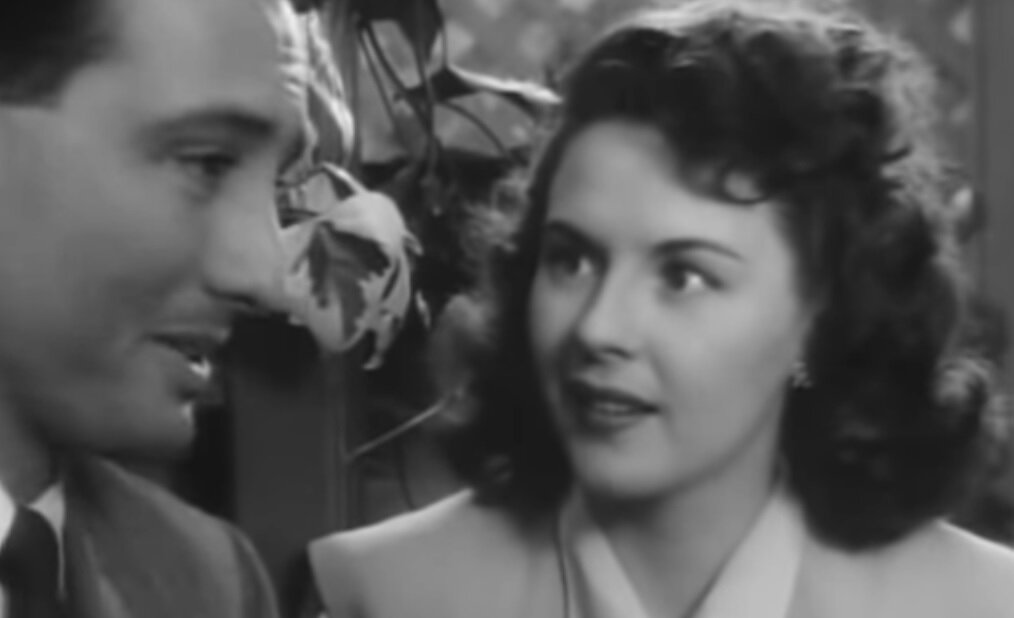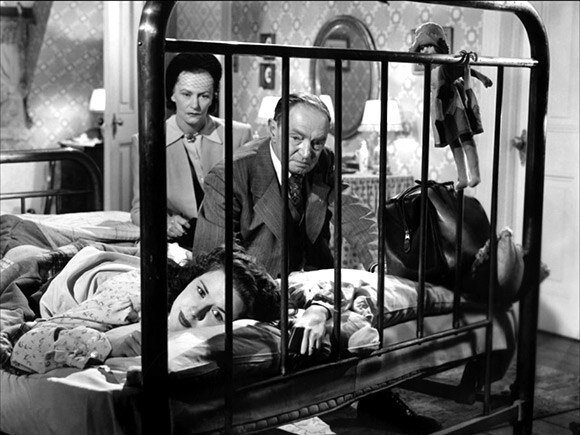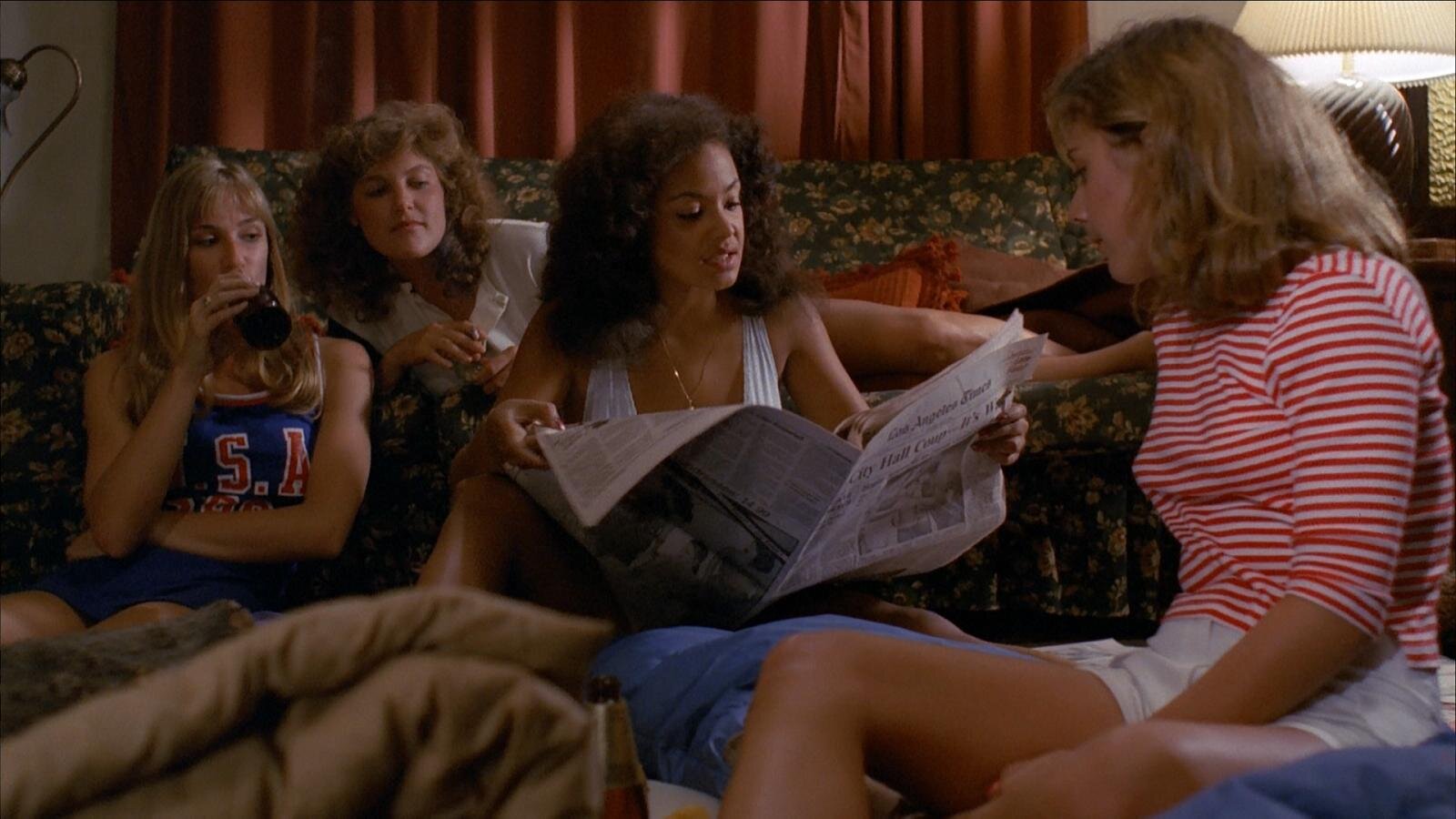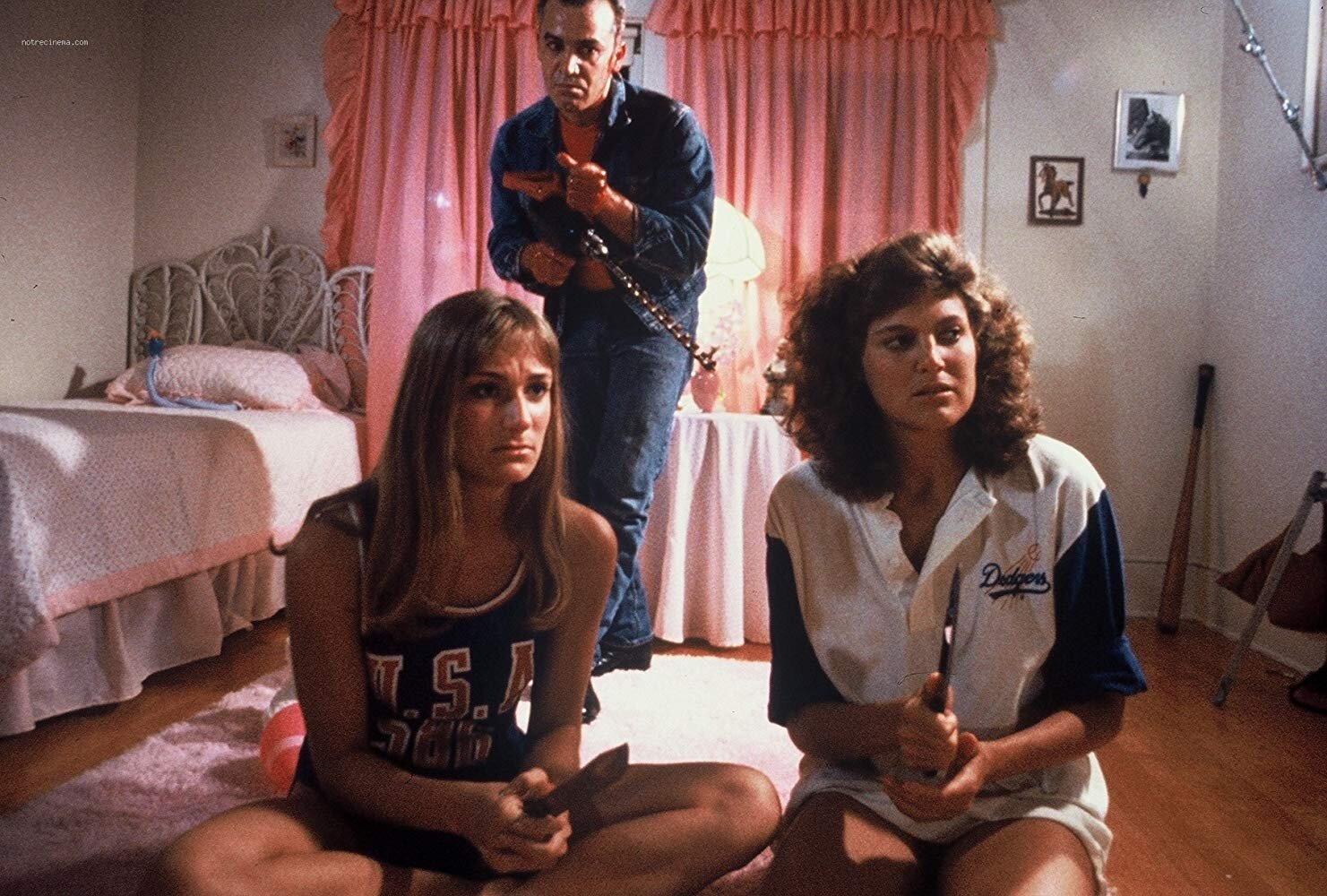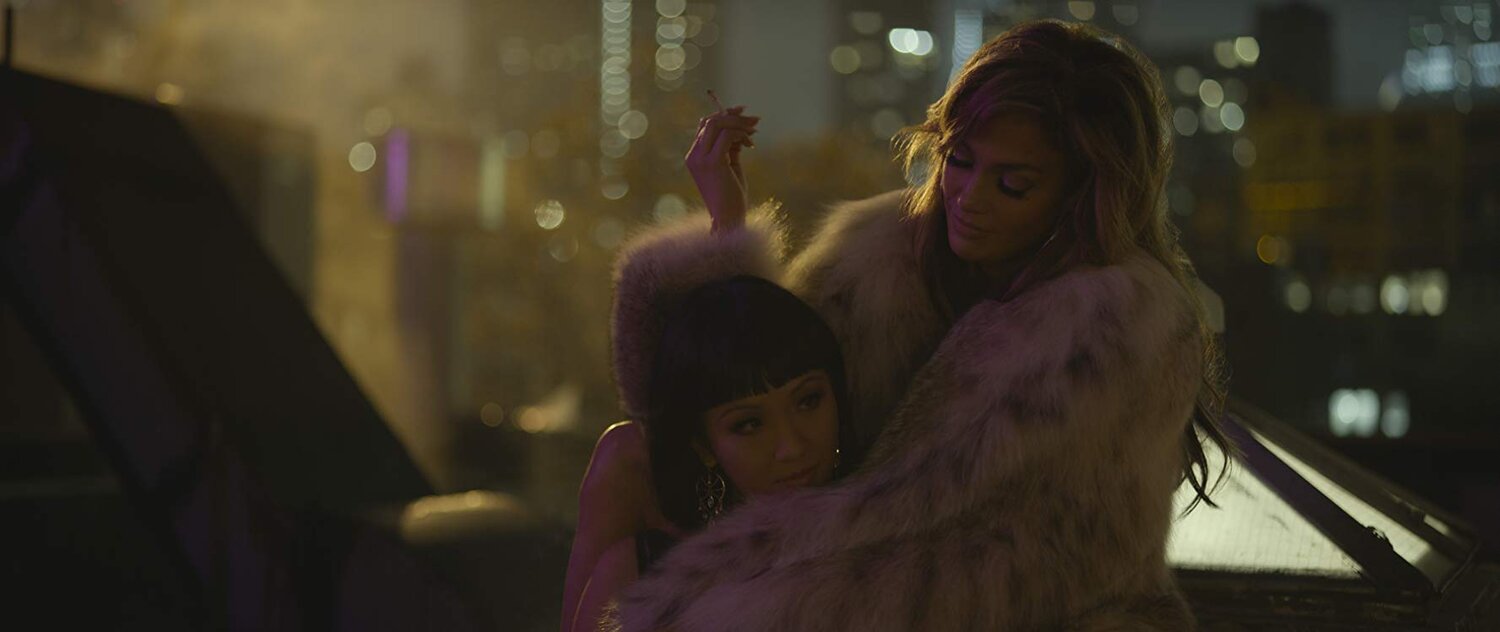IMDB
By Andrea Thompson
Some filmmakers, even the well-known ones, are full of surprises. Take Kathryn Bigelow, who has been directing for decades, but is mostly known for her later work, such as “The Hurt Locker,” “Zero Dark Thirty,” and “Detroit.” I've already covered another of her lesser-known films, “Near Dark,” but “Strange Days” is even more unfamiliar. It's also most likely the most ambitious film Bigelow has ever made.
It has a few things in common with with “Near Dark” in that it's a blending of genres, although “Strange Days” was such a flop it nearly ended Bigelow's career. Where “Near Dark” was a masterpiece which blended the vampire movie with the western, “Strange Days” is even more unusual, a sci-fi neo-noir which takes place in a bleakly dystopian 1999 Los Angeles, a mere four years after the film was made in 1995.
In Bigelow's vision, the riots which the city apart in 1992 after the Rodney King verdict never really ceased, but became a pattern of violent social unrest, transforming Los Angeles into a war zone. Not that it seems to really bother Lenny (Ralph Fiennes), a dealer who feeds on the disillusionment of the populace to sell his very illegal wares, which is where “Strange Days” really gets prescient. People can fit themselves with recording devices they attach to their head, which allows them to record not only their experiences, but their emotions and sensations. The resulting videos, which can range from pornography to, in one case, a robbery, are in high demand, and Lenny is happy to provide them to his customers. For a hefty fee of course.
IMDB
Lenny is also an ex-cop and an addict of the drugs he’s peddling, frequently retreating into footage of his past relationship with singer Faith Justin (Juliette Lewis), who has long since left him for sleazy music industry mogul Philo (Michael Wincott). Lenny doesn't need much of an excuse to want to get Faith away from her new beau, but he has more reason than usual after Faith's former friend Iris (Brigitte Bako) comes to Lenny with a desperate plea for help. Faith is clearly caught up in something, but insists to Lenny that their relationship is over and she doesn't need rescuing. Lenny thinks otherwise, and when he receives a recording of Iris being raped and murdered, he decides to dig deeper.
From a modern perspective, much of the recordings in “Strange Days” look like either YouTube videos or first-person shooters. And much like today, the fact that so many people have recording devices meant that people who were previously deprived of a voice could hold the powerful accountable. Race isn't often addressed in noir or sci-fi, but it's one of the central themes of “Strange Days,” as much of the unrest springs from inequality, specifically a system that dehumanizes much of its citizenry.
Even if most of the characters are white, the concerns of black people and the racism they face is what fuels “Strange Days.” But they're really embodied in Angela Bassett's badass performance as Mace, a limo driver who also becomes Lenny's bodyguard throughout their investigation. She and Lenny met when he was still a cop, the day Mace's former partner was arrested for dealing, and she found her son in his room with Lenny, who effectively shielded him from the trauma of watching his father get carted off to jail. But where Lenny encountered heartbreak and only made himself more vulnerable, Mace responded to her difficulties by making herself stronger. This is a pattern that repeats throughout the film, with Lenny often depicted as vulnerable, while Mace is the one who repeatedly fights off both her and Lenny's attackers, even if they often just barely escape with their lives.
IMDB
What their pursuers are willing to kill for turns out to be footage of two police officers murdering the Tupac-esque rapper Jeriko One (Glenn Plummer) at a random traffic stop. Mace wants to release the footage to the media, but as several characters point out, such an action could make their already turbulent city explode into an orgy of violence. It's an excellent point, but this environment, which is an almost laughably Mad Max vision of a city on the verge of the apocalypse. is also what makes “Strange Days” so cringey at some points. It's a 90s vision of edginess, with music that would barely appeal in its own decade, what with its annoying combination of the era's grunge, rock, and punk aesthetic. People just thought they were so dark and edgy in the 90s.
That's about the only part of the film which really feels dated, as the movie's flaws are more than compensated by the absolutely terrific performances and Bigelow's skillful direction. Ralph Fiennes has flexed his comedic muscles in films such as “Hail Caesar!” and “The Grand Budapest Hotel,” but he's mostly become known for his more serious work. In “Strange Days,” Fiennes is hilariously appealing as the weaselly, yet charming Lenny, and we have no problem rooting for him. And while Bassett is incredible in her supporting role as the film's moral center who isn't willing to compromise her ideals and bargain away a tape that could change things, Juliette Lewis might just be the one who accomplishes the most. Faith could've easily been another objectified damsel, but Lewis gives her real heart as a woman so desperate to sate her desires that she's willing to put her life and sanity in the hands of a man who's as paranoid as he is abusive, only realizing the true gravity of her situation until it's too late for her to escape unscathed.
It's really Bigelow, however, who makes all the difference. “Strange Days” features quite a few recordings that feature violence, rape, and murder, but she never glorifies the horrors on display. During the robbery, we share in every bit of the victims' fear as armed men burst in on them with guns, then the horror and panic as thing going south. Crucially, the rape scenes are brutal, but not graphic. We feel the pain of the women who are not only violated, but also made to see what their attacker sees, in essence witnessing their own assault and murder through his eyes.
IMDB
With so much unrelenting darkness, you'd think that the hope Bigelow offers at the end would feel hollow. But she surprisingly makes a damn good case that maybe, just maybe, things could be different in the new millennium. After so much brutality, the year 2000 actually kicks off with a high-ranking law enforcement official doing the right thing, a black woman being believed, and the police actually serving and protecting. Even if it feels like we've regressed in many ways, at least we seem to be confronting the many themes “Strange Days” addressed far before #MeToo, Time's Up, and Black Lives Matter forced such difficult discussions into the mainstream.











